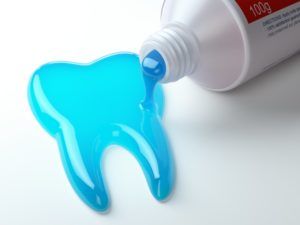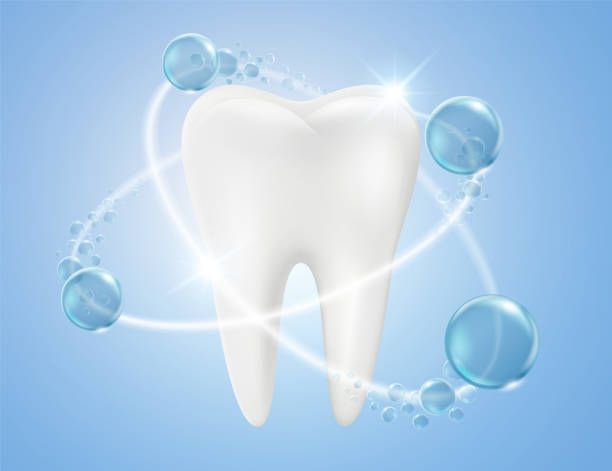Fluoride


What is Fluoride?
Fluoride is a naturally occurring mineral which is found in the periodic table. Fluorine is a cyclic element that is very widespread in nature. It is the 13th most abundant element in the Earth’s crust and is in many minerals (fluorite, cryolite, topaz, etc.). Fluorides can enter the atmosphere (volcanic eruptions, coal power plants, steel works, glass factories, brickyards, etc.) and return to the ground (with dust, snow, and rain) and accumulate in soil and plants. Fluoride is found in black tea / coffee, canned shellfish, Oatmeal, Raisins, and Potatoes. Recent widespread use of phosphorus fertilizers has significantly increased the soil fluorides.
What does Fluoride do?
Fluoride is classified as a micronutrient, and it is related to the structure of the supporting tissue, and the hard tissues (teeth, skin and hair). Fluorine ions are inhibitors and activators of many enzymes, and they influence protein synthesis and carbohydrate / lipid transformations.
Fluoride has a strong antibacterial effect (reducing glucose transport into the bacterial cell).
Another property of Fluoride is the exchange of the hydroxyl ion with the fluorine ion: fluorapatite is formed from hydroxyapatite, a natural form of calcium. Fluorapatite is more resistant to acid than hydroxyapatite and causes the remineralization of enamel and dentine: these properties prevent cavities.
Absorption and excretion
Fluoride is absorbed in the oral cavity (about 1%), the stomach (40–50%), and the small intestine (20–30%). It reaches the maximum concentration in 1 hour in the blood, and then it is mainly absorbed by calcified tissues (99%), and by soft tissues (about 1%: kidneys, lungs, and brain). After 24 hours from the consumption of fluoride, about 50% is excreted from the body.
Is it safe?
All compounds and chemicals have therapeutic index. It is a quantitative range of a chemical safety. No chemicals are safe once they exceed certain concentrations. A common blood thinner, Coumadin, is a lifesaving emergency drug during stroke or heart attack. This drug also is used as a rat poison. A compound can be useful or lethal depending on the concentration.
Same is true for fluoride. However, it does not appear that there is a clear consensus on daily dietary allowance at this time. According to WHO, in excess of 1.5 ppm per day (not sure exactly for how long) causes dental fluorosis (spots and stains in enamel). Signs of skeletal (more serious) fluorosis become evident at 8–10 ppm per day for 10 years. Some countries have a high concentration of fluoride naturally in the groundwater (India) and in water and soil due to high volcanic activities.
Since the safe dietary amount is unclear, I do not advocate ingestion of fluoride. For those who are not able to spit out the tooth paste thoroughly after brushing, I recommend no-fluoride tooth paste.
I believe, however, there is a clear benefit in the topical use. When there is minor tooth sensitivity, a sparing amount for a short time provides a definite relief. Without this, we will have to go without our favorite treats / drinks or take more invasive measures such as fillings or RCT (if the repeated irritation results in tooth nerve damage).
How do I use topical fluoride?
-Place a small amount on a Cotton tip applicator and place it on the affected area.
-You can also use a small tooth brush bristles (or Proxabrush type applicators) to apply the gel
beyond/into the gum line.
-Use floss to get the gel between the teeth.
-Spit out any excess on other areas such as tongue or cheek. If you accidentally place some on
your tongue, you even brush it off with a water soaked tooth brush.
-Leave what is on the teeth overnight.
-Once the teeth sensitivity is alleviated, usually within a few days to a week, you can stop the
treatment.
-Repeat when the sensitivity returns.






